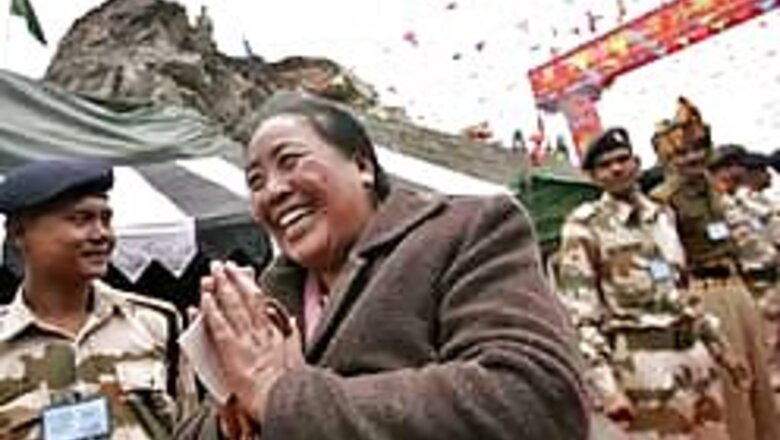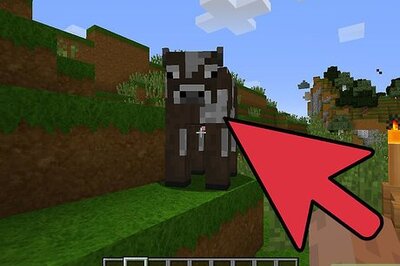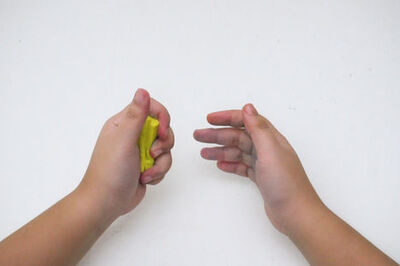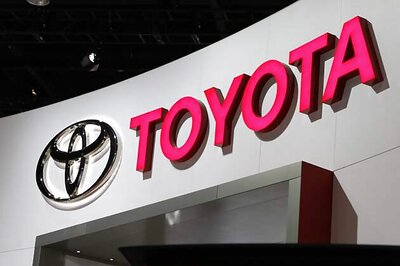
views
Nathu La: India and China on Thursday reopened the Nathu La pass high in the Himalayas after 44 years.
The Sikkim chief minister Pawan Kumar Chamling and the Chinese-appointed leader of Tibet, Champa Phuntsok, shook hands before cutting a red ribbon, opening the 14,000-foot Nathu La pass to the cheers of dignitaries, soldiers and traders from both sides.
''The opening of the border pass at Nathu La after 44 years marks the beginning of a new era in Sino-Indian relations,'' Phuntsok said. ''I hope the border people of these two great nations will benefit from this.''
For officials of the two neighbors, which fought a brief war in 1962 and have long viewed each other warily, it is a leap forward in diplomacy and trade, with the first truckloads of goods expected to pass through Nathu La soon.
Military brass bands played as a near-freezing drizzle fell on the crowd gathered at the border between the mountain peaks.
Troops from both sides mixed freely after more than four decades of staring at each other with mutual suspicion across a barbed wire border.
Many of the Chinese soldiers brandished cameras instead of their guns.
''I am extremely delighted to come over and see the situation on this historic occasion,'' said Maji Shun, a Chinese army officer.
Businessmen from both sides crossed into each other's territory by bus to attend trade fairs after the ceremony.
The visits are symbolic and no one will carry goods, said S P Subba, who heads Sikkim's Industries Directorate.
But China views the pass as more than just a symbol, said Sun Yuxi, China's ambassador to New Delhi.
''This is just a first step, next we hope to follow it up with tourism,'' Yuxi said before crossing over the border into China.
While trade through Nathu La will be duty-free, Indian exports are limited for now to an approved 29 commodities, mostly food items.
The Chinese traders are restricted to bringing in 15 types of goods, including goat and sheep skins, wool and herbs.
The pass has been thoroughly modernized ahead of the opening with customs facilities, a bank, an Internet cafe and an ATM - the last two thought to be the highest in the world.
Two smaller passes between India and China have been open for some time, but neither generates the kind of trade that officials hope will one day pour through Nathu La.
The Sikkim government estimates that by 2015, trade through the pass will hit $ 3 billion annually by 2015.
Annual trade between China and India now totals almost $ 20 billion, according to Chinese figures.
There are fears, however, that centuries-old Buddhist traditions will be swamped by the incoming tide of Indian and Chinese traders.




















Comments
0 comment